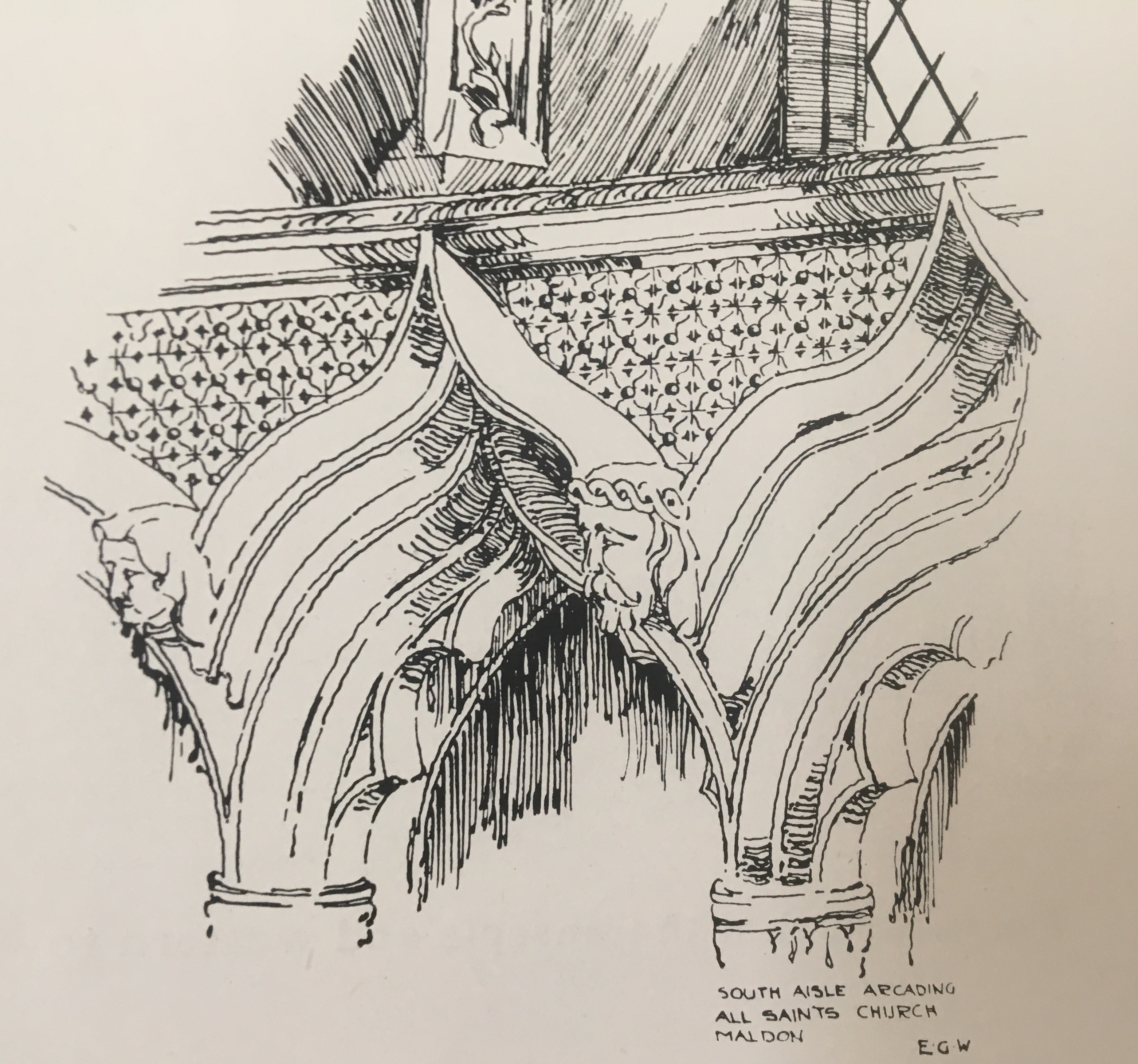|
|
| (3 intermediate revisions by the same user not shown) |
| Line 1: |
Line 1: |
| | =Ogee= | | =Ogee= |
| | | | |
| − | {{Infobox
| + | [[File:ogee.jpg|thumb|right|300px|Ogee<ref> Gardner, S (1925). "A Guide to English Gothic Architecture". Cambridge University Press, pp. 20.</ref>]] |
| − | |title = Article Title
| |
| − | |header1 = The Chandos Portrait
| |
| − | of William Shakespeare
| |
| − | |bodystyle = width:25em
| |
| − | |image = [[File:Articlepicture.jpg|x450px|alt=Article Image]]
| |
| − | |caption = Representative Article Image | |
| − | |label2 = '''Artist''' | |
| − | |data2 = Attributed to [[John Taylor]]
| |
| − | |label3 = '''Year'''
| |
| − | |data3 = c. 1600s
| |
| − | |label4 = '''Dimensions'''
| |
| − | |data4 = 55.2 cm × 43.8 cm ( 21 3⁄4 in × 17 1⁄4 in)
| |
| − | |label5 = '''Location'''
| |
| − | |data5 = National Portrait Gallery, London
| |
| − | <!--Add/Delete the label/data pair lines as needed-->
| |
| − | }}
| |
| − | | |
| − | Use this page as a template when creating new articles by clicking ''Actions>View Source'' and create a new page with the name of the article you're creating. In the newly copied page, [[Special:Upload|upload]] your own image, then replace the "Articlepicture.jpg" above with the new image name. Replace "Representative Image" in both the image line and the top-level heading above with your first and last name. Delete this whole paragraph beneath the Representative Image title but not including the ''Table of Contents'' tag
| |
| − | <nowiki>__TOC__</nowiki>.
| |
| | | | |
| | =Overview= | | =Overview= |
| − | The paragraph should give a three to five sentence abstract about your article. <span style="color: red">'''PLEASE NOTE:'''</span> this article template has only a few sections as examples, but your actual article contributions should have '''many''' relevant sections '''and''' subsections. Please start to block out and complete those sections with relevant information such as the '''very objective, fact-based, and heavily referenced''' "who, what, when, where, and why" about this article. Articles don't just have to be huge buildings; '''individual artifacts and lesser-known people, places, and things count as article topics'''! Don't forget to include relevant [[#Category tags|category tags]] for each article! | + | The Ogee is a double or reversed curve, convex and concave that is frequently found in Decorated Gothic and Perpendicular Gothic work. It is usually kept to ornamental features especially the hood-mould which is a projecting mould over doors and windows to move the rain away from the building.<ref>Gardner, S (1925). "A Guide to English Gothic Architecture". Cambridge University Press, pp. 11,20.</ref> A drawing of one can be seen to the right. |
| | <br><br> | | <br><br> |
| | __TOC__ | | __TOC__ |
| | <br> | | <br> |
| − |
| |
| − | =Background or Origin of Article=
| |
| − | <br>
| |
| − | Begin writing the background information of this article, or use this format to begin a new article with some other relevant section filled with important information.
| |
| − | <br><br>
| |
| − | ==Use Subsections Headings==
| |
| − | <br>
| |
| − | Organize each section of this article so that it has a logical flow. If you intend to discuss one aspect of the origin of a person, place, thing, or idea, identify the appropriate existing section of the article, or create that section if it doesn't exist. Then, make a clear subheading. If you notice that some other information is not organized clearly, rearrange the information, but do so cautiously and responsibly! The goal here is clarity for the reader.
| |
| − | <br><br>
| |
| − | Add links to other articles, but '''do not link to personal student profile pages or milestone pages'''. Add media as needed in the appropriate sections.
| |
| − | <br><br>
| |
| − | [[File: Articlepicture.jpg|x350px|right|thumb|frame|Representative Image]]<br>
| |
| | | | |
| | =References= | | =References= |
| − | If appropriate, add a references section
| + | <references/> |
| | <br><br> | | <br><br> |
| | [[Category:Art]] | | [[Category:Art]] |
